Design Matters design conference took place 29th – 30th September 2021. The overall topic this year was “New Movements in Digital Design,” and the workshops and lectures ran the spectrum from UX designers discussing design systems to animators and illustrators presenting on topics including surrealism.
Design Matters 2021 was divided into three main themes:
| |
|
| |
|
| |
|
In short: the conference covers a wide range of topics while keeping a design-focused red thread throughout. The broadness of the themes allows for many different kinds of design and designers to have a platform and voice; that’s something that’s often missing from design-focused conferences and communities.
We spoke with Design Matters co-founder Michael Christiansen and Head of Communications Giorgia Lombardo about what digital design actually means, what’s missing from design media, and the biggest misunderstandings in the design industry:
Can you share a bit about what you do to bring Design Matters together as a conference?
Michael: The most important thing is to stay relevant. We do that by changing everything each year, this means new visual identity, colors, logo, venue, themes, and speakers. And then it’s all about research, discussion, reaching out, communication, organizing, and connecting the dots.
Giorgia: We start with a lot of research. We try to find what future trends in design will be, and we try to predict what will be the “hottest topics” and more relevant themes to discuss in relation to design.
We work a lot with sponsors as well; it’s really important for us to get their support, not only for financial reasons, but also because them wanting to support us means that our work is valued within the design community.
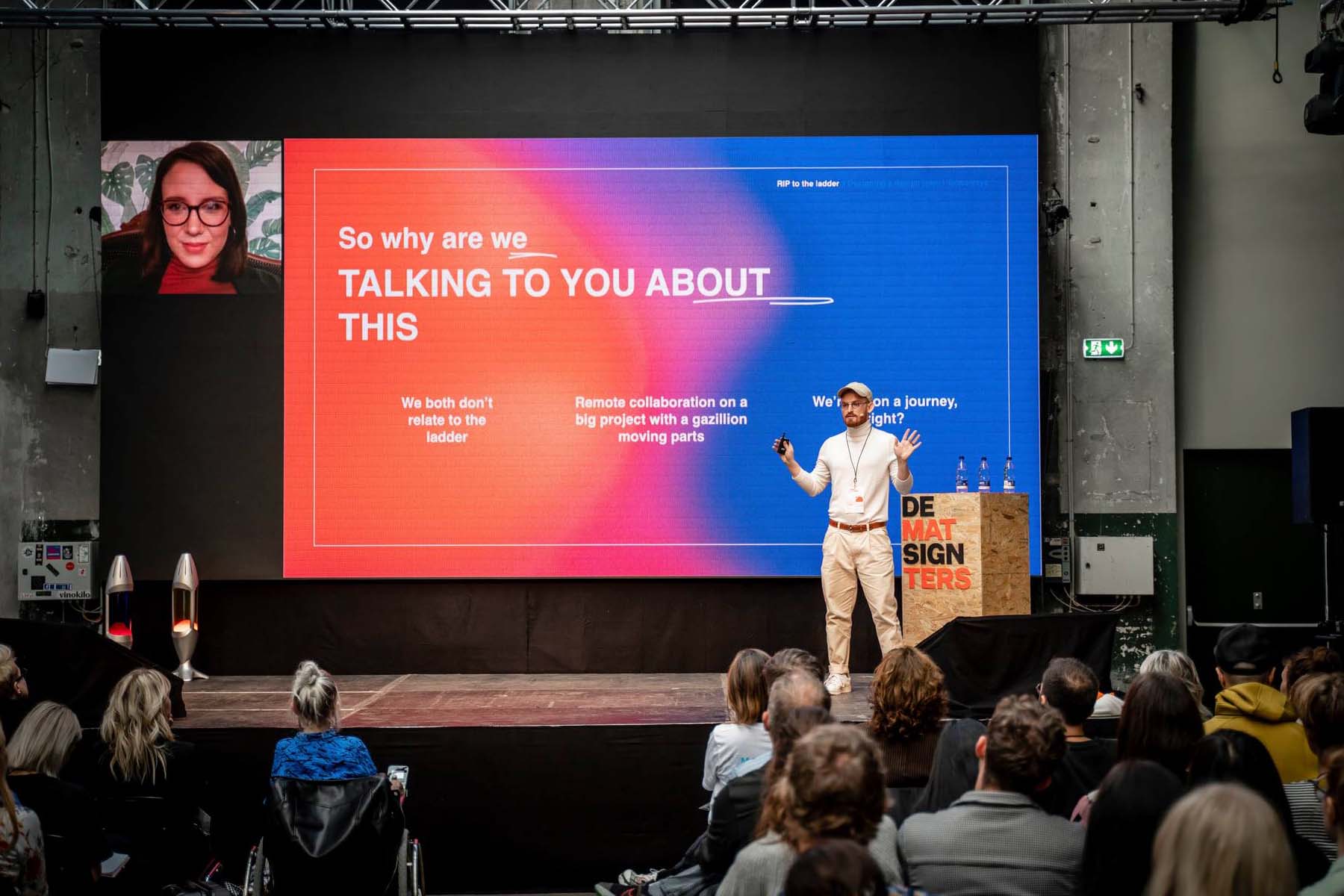 |
What is one way in which you feel design as an industry or category is misunderstood at large?
Michael: One big misunderstanding is that the digital design scene quite often is taken over by tech, investors, and politicians. That’s a shame because it becomes a whole other ballgame: that’s why we insist on only having designers on stage talking about design.
Giorgia: There’s a stereotype that designers are a bit disconnected from reality or only care about aesthetics.
In reality, the design industry is made up of a large variety of specialists who care about form, functionality, and experience quality. This “aesthetic-only” stereotype is a bit romanticized.
Design Matter is working to change this perception by including people in our events who work closely with designers but are not strictly designers, such as programmers and product managers.
What is the overall goal of Design Matters? How do you go about achieving this goal year to year?
Michael: Our goal is to keep developing our community by staying nerdy. We will continue to showcase inspiring design through all of our platforms – in person and online.
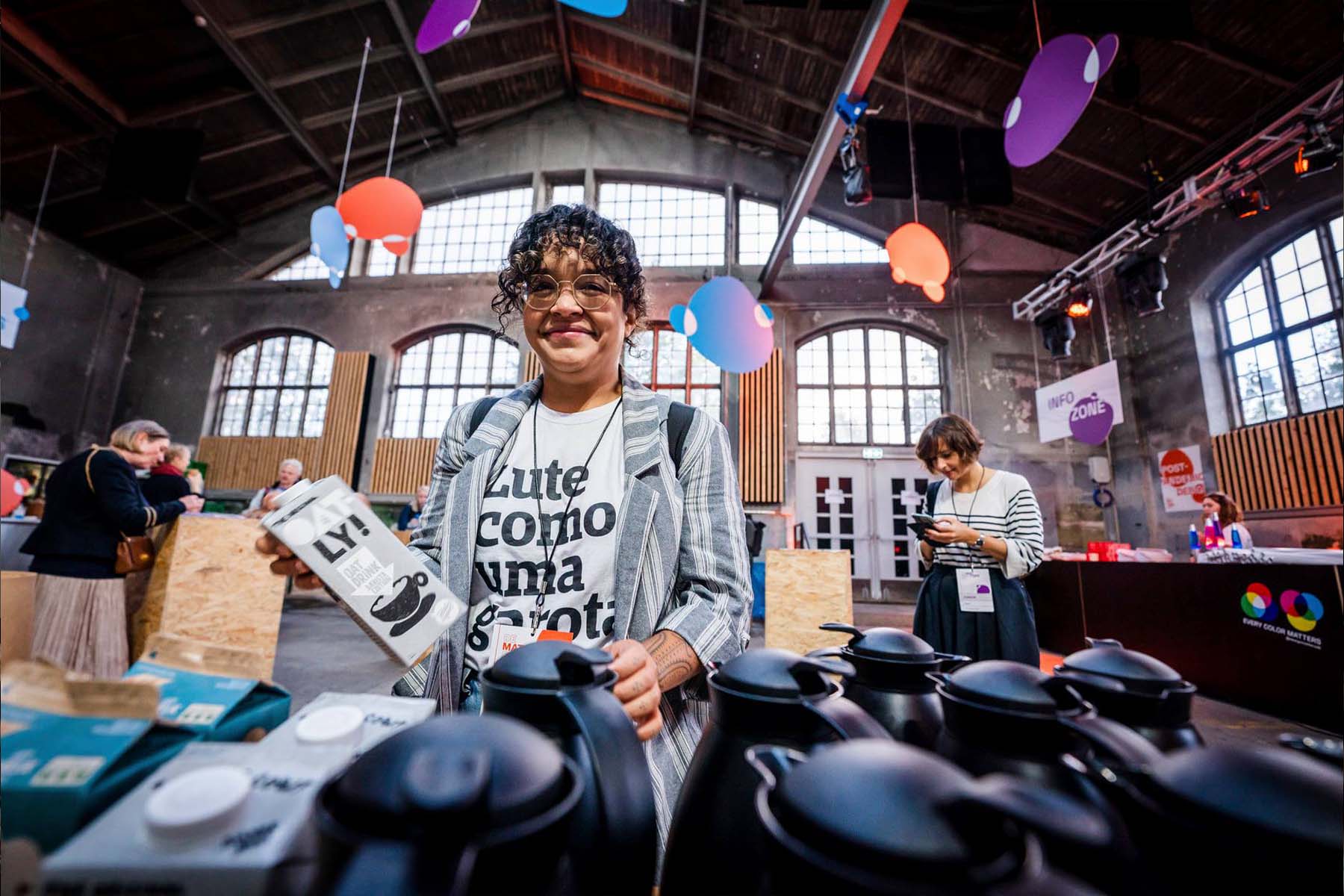 | |
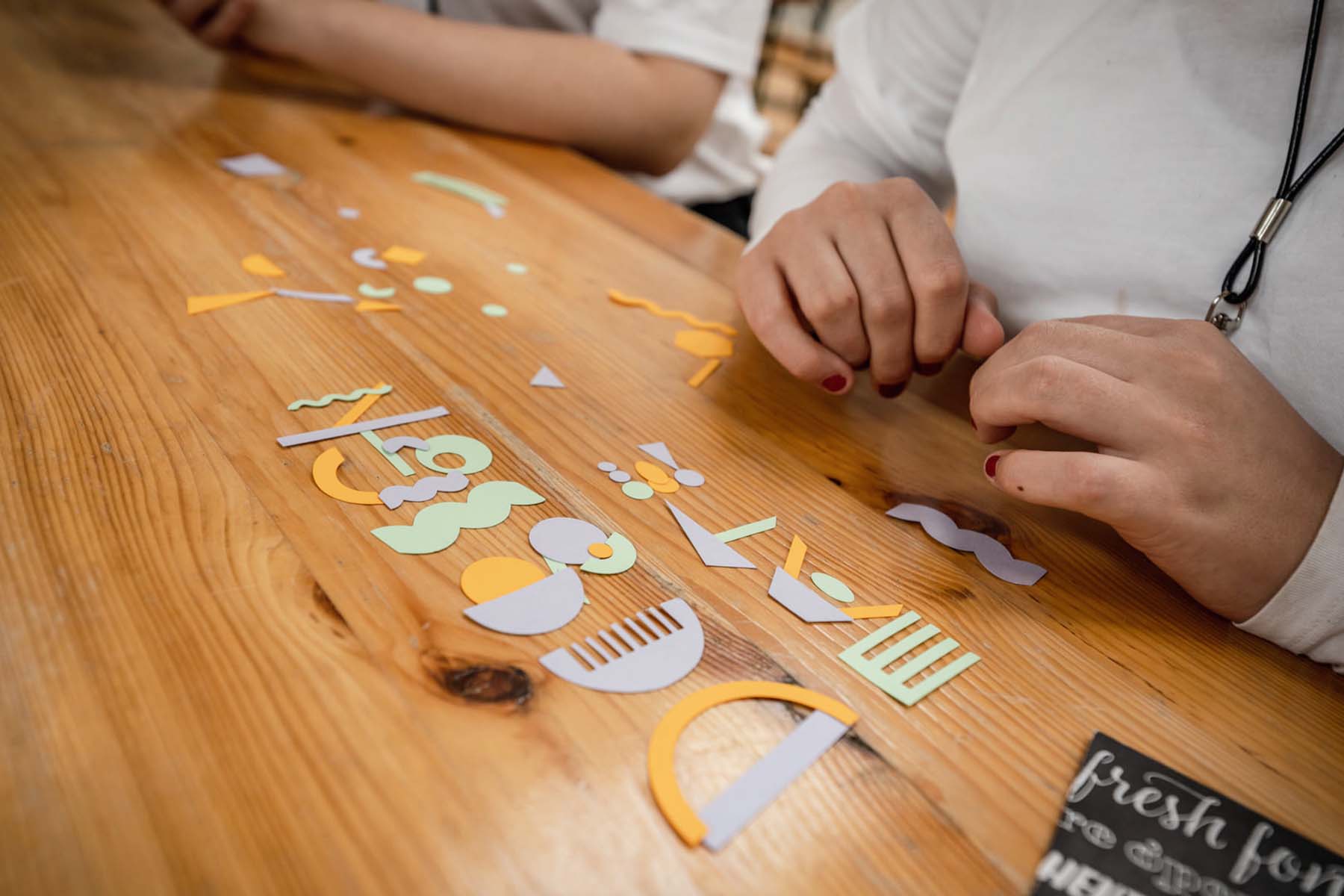 |
How do you see design, design needs, and on a micro-level. Design Matters changing as a result of the COVID-19 pandemic? How do you think things will continue to change in the future?
Michael: I Hope that we can continue developing the hybrid format and make our online presence even more inspiring and engaging. I also hope that we can find ways to reach more designers world wide and become relevant and inspiring for the global design community.
To what extent do you think designers need to engage digitally in order to be relevant?
Giorgia: It’s undeniable that we live in a digitized world, and therefore staying relevant digitally is indispensable for a designer. One of the speakers of Design Matters 21, Aurélia Durand, built her career as an illustrator and visual designer on Instagram, for instance.
The challenge is to find the right balance between engaging digitally and doing actual work! If we consider Social Media platforms, the competition is fierce and the algorithm changes constantly, making it a real head-scratcher for creators who are trying to emerge.
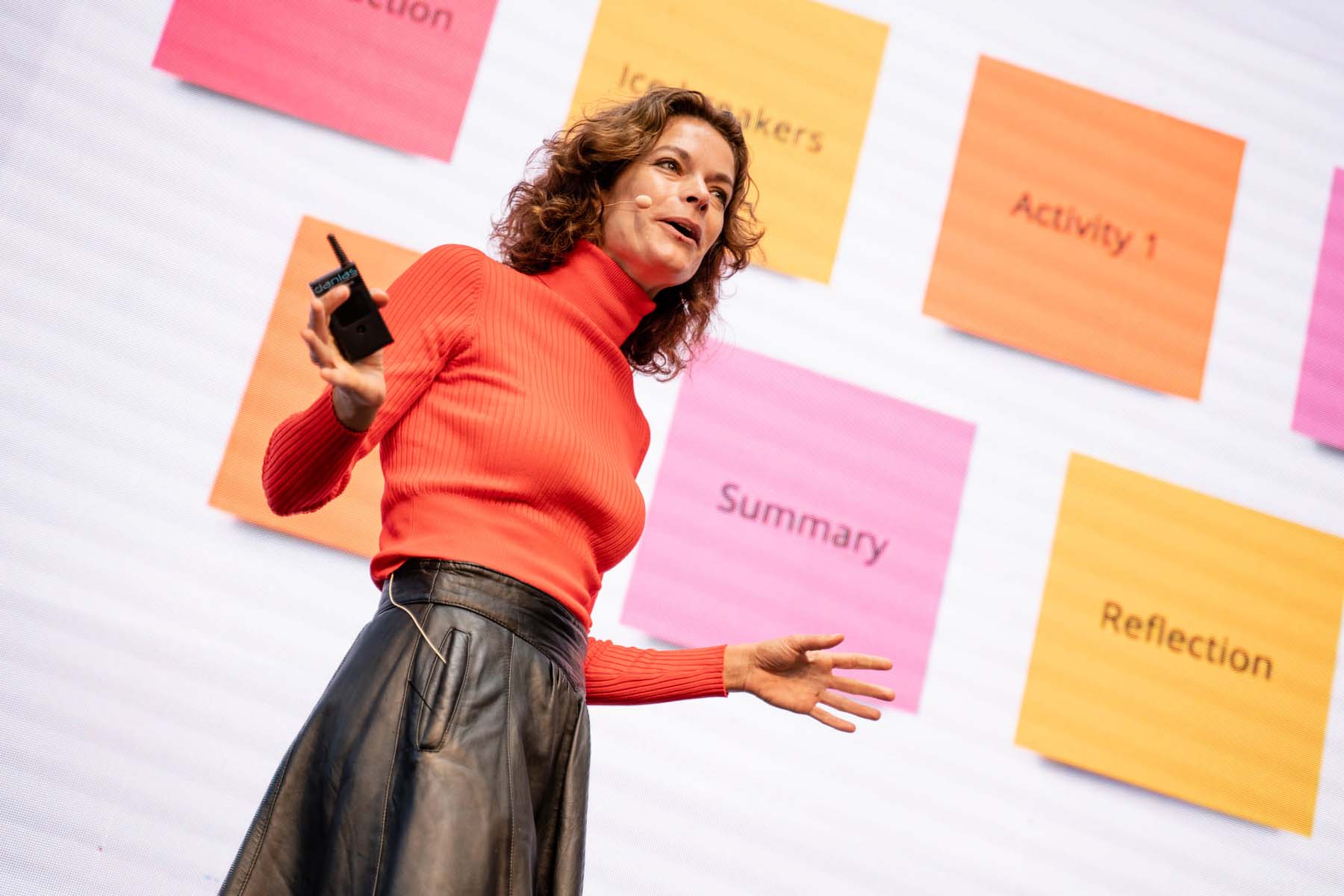 |
Can you share a favorite moment or memory from this year’s conference
Michael: Brandon Velestuk, Design Director at Slack, gave a presentation. He spoke for 30 minutes about designing a button, as well as how he changed his talk overnight because he attended the first day and realized how nerdy the tone was.
GL: My favorite moment, in general, is the dinner with all the speakers that takes place after the conference. It’s a moment to relax after so much work and to actually get to know the people I recruited, often online. It’s just lovely to bond with someone who was part of the same event and has similar passions and interests.
In terms of digital design, what is an element you feel needs improvement or should change in terms of the way digital media represents design?
Michael: Locally, I wish there was a media or organization that took digital design seriously. It’s like we still only talk about making furniture, and the rest is about branding and politics.
Giorgia: I think there is a lack of representation in the way digital media represents design. The design industry is already struggling with too little representation, especially among the most junior positions.
There is also not enough media attention for the existing designers who belong to marginalized communities. It is not only an issue for these designers who are underrepresented and sort of “hidden,” but it’s also a struggle for those of us who want to find more diverse talent.
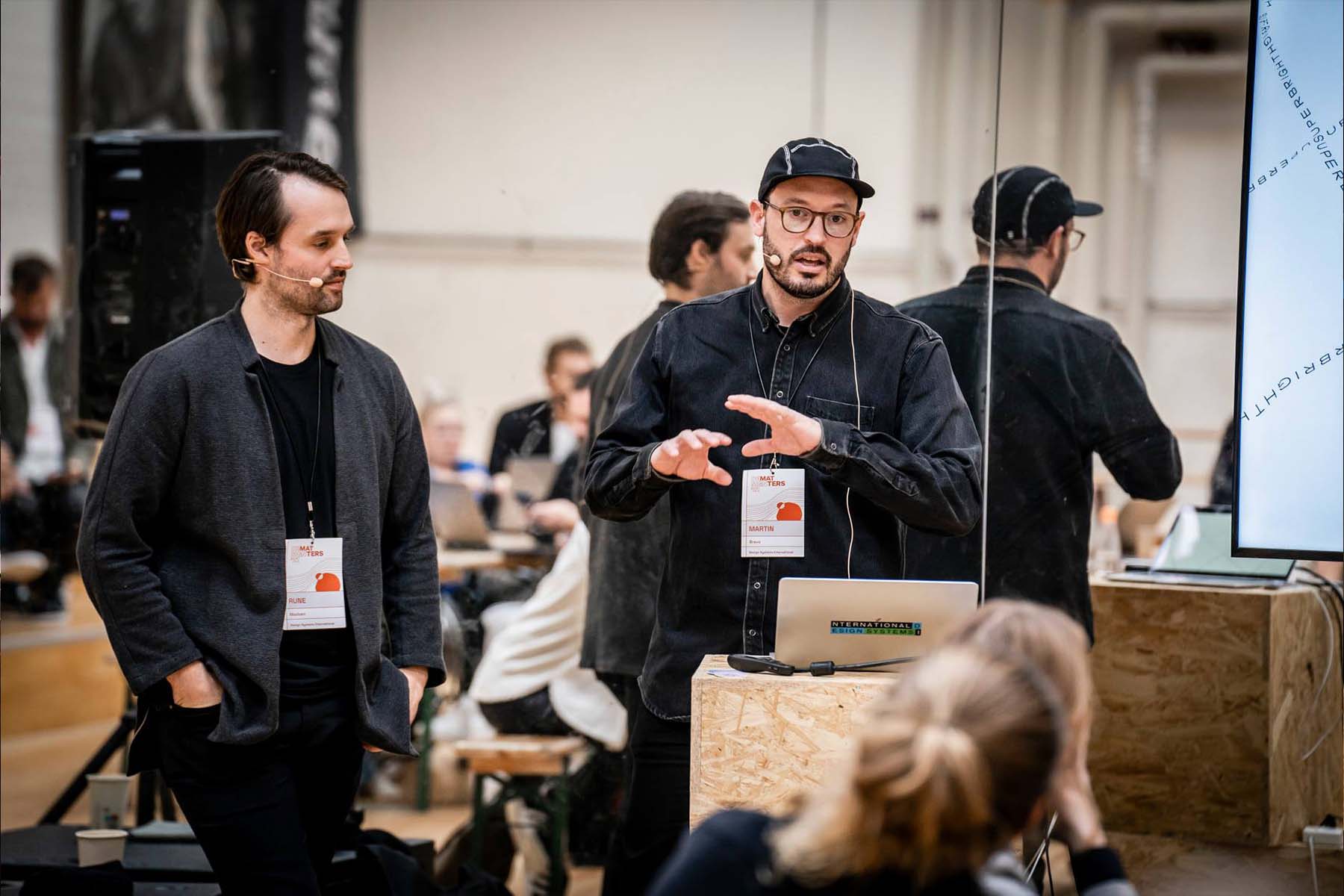 | |
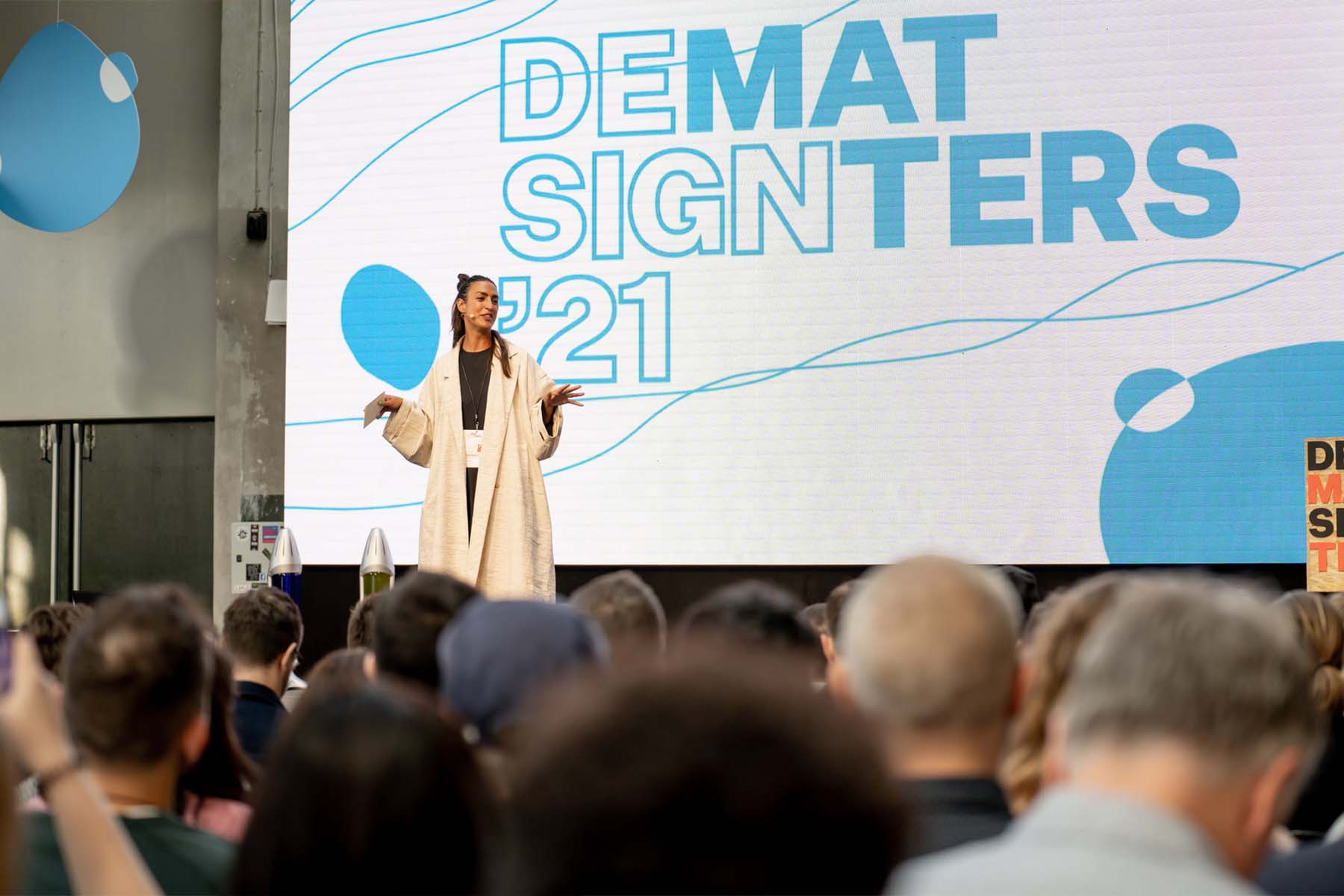 |
How is design experienced or discussed differently in Denmark than in other countries or regions, in your experience?
Michael: Since we began in 2015/14, we have learned that the uniqueness in digital design isn’t so much in the product design itself, but rather in the approach to design and how we collaborate. If we look for cool designs locally then we always end up looking in Sweden.
What are your hopes for next year’s conference, and for the success of Design Matters in the future?
Michael: I hope that we will be able to play a more vital role by focusing on the UN’s Sustainable Development Goals through research and finding cases that make a difference from a global perspective.
Giorgia: My hope is to be able to include an even more diverse community of designers and creators. I would also love to see Design Matters take a more significant role in bringing on stage designers and solutions for our planet. Being in my late 20s, I am trying to cope with my eco-anxiety and feel that it’s urgent to contribute to positive change.
 |
Key Takeaways from Design Matters 2021
– Digital design is a key factor in developing solutions for global sustainability and other UN Sustainable Development Goals
– Digital engagement is key for designers of all kinds, including to promote their work, and particularly for designers who are part of marginalized communities, as digital platforms can act as a democratizing element
– Design media needs to be more aware of, and sensitive to, digital design
– Design aesthetic is only one element of design. The elements of design that are sometimes forgotten or left out need to be showcased more often in the design discussion. This includes the “nerdy” and highly specialized parts of design!
Want more design? Check out our full guide to Scandinavian design, Scandinavian lighting, and the best design showrooms in Copenhagen.
Photography by Jonas Persson

